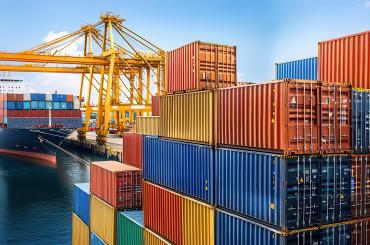
exports
-

Targeting industrial policy for economic development in the new era
Industrial policy prioritises growth in specific sectors. Yet there is little agreement about how to target sectors in practice, especially in developing countries, and many argue that governments cannot pick winners. So, how have governments’ export...
-

The transformative effects of US patents for Chinese exporters
Patents from recognised hubs confer benefits to foreign patent holders beyond market protection, such as valuable global signals of quality and credibility
-

Infrastructure bottlenecks to market access: Ports or roads?
Port infrastructure improvements may have higher economic returns than road improvements but have different regional implications
-

How import competition can increase quality upgrading and exporting: Evidence from Peru
Trade-induced competition on final goods drove firms in the Peruvian apparel industry to upgrade the quality of their products and export more
-

The socioeconomic effects of export slowdowns: Evidence from China
Cities with export slowdowns had larger increases in crime rates, driven by weakened labour markets
-

Collective reputation in trade: Evidence from the Chinese dairy industry
A quality scandal that affected some Chinese dairy firms disrupted exports from all firms across the industry
-

Data revolution: Transforming Sierra Leone
How a collaboration between the IGC and policymakers in Sierra Leone reduced barriers to trade and helped local businesses export their goods
-

Prison labour: The price of prisons and the lasting effects of incarceration
Government use of prison labour can distort incentives for incarceration and have lasting negative effects on trust in legal institutions like police
-

The impact of intranational trade barriers on exports: Evidence from a nationwide VAT rebate reform in China
Rising local protectionism reduces interprovincial trade and manufacturing exports, and increases ’inward-looking’ sourcing by local intermediaries